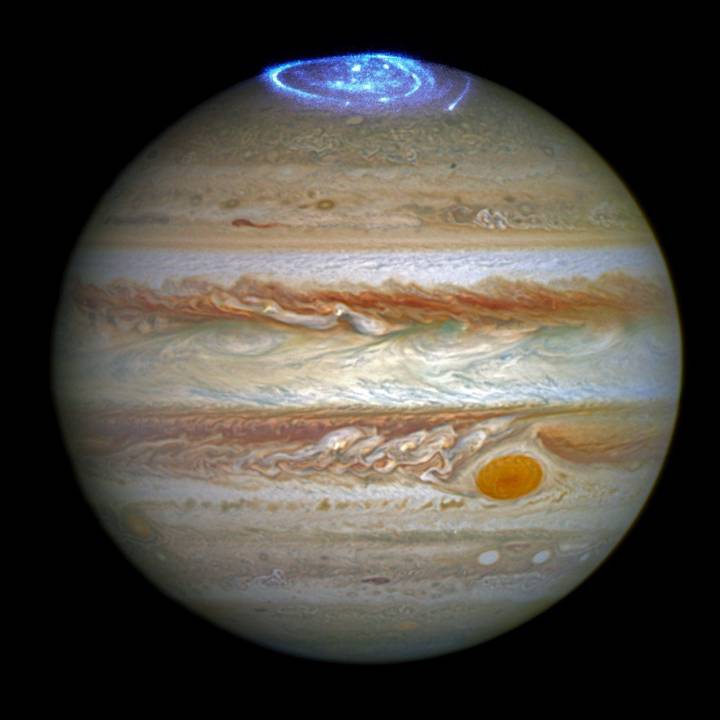In some cases, to learn more about our solar system, all we have to do is look at evidence found on Earth.
Researchers from Japan's Nagoya University and the Italian National Institute for Astrophysics (INAF) have determined how mysterious molten "raindrops" in meteorites formed — and used that information to date Jupiter's formation.
The raindrops are called chondrules. They're strange spherical droplets of molten rock just 0.1 to 0.2 millimeters wide, found in a specific type of meteorite called a chondrite. Until now, no one knew how their round shape formed.
It all began a long, long time ago, not in a galaxy far, far away, but in our very own Milky Way. In the chaotic environment of our young solar system, small rocky and icy bodies called planetesimals crashed into one another at

 Space.com
Space.com

 WKOW 27
WKOW 27 FOX Weather
FOX Weather FOX 51 Gainesville Crime
FOX 51 Gainesville Crime FOX 35 Orlando
FOX 35 Orlando ABC News
ABC News New York Post
New York Post LiveNOW from FOX Crime
LiveNOW from FOX Crime CBS News
CBS News Reuters US Top
Reuters US Top Essentiallysports College Sports
Essentiallysports College Sports